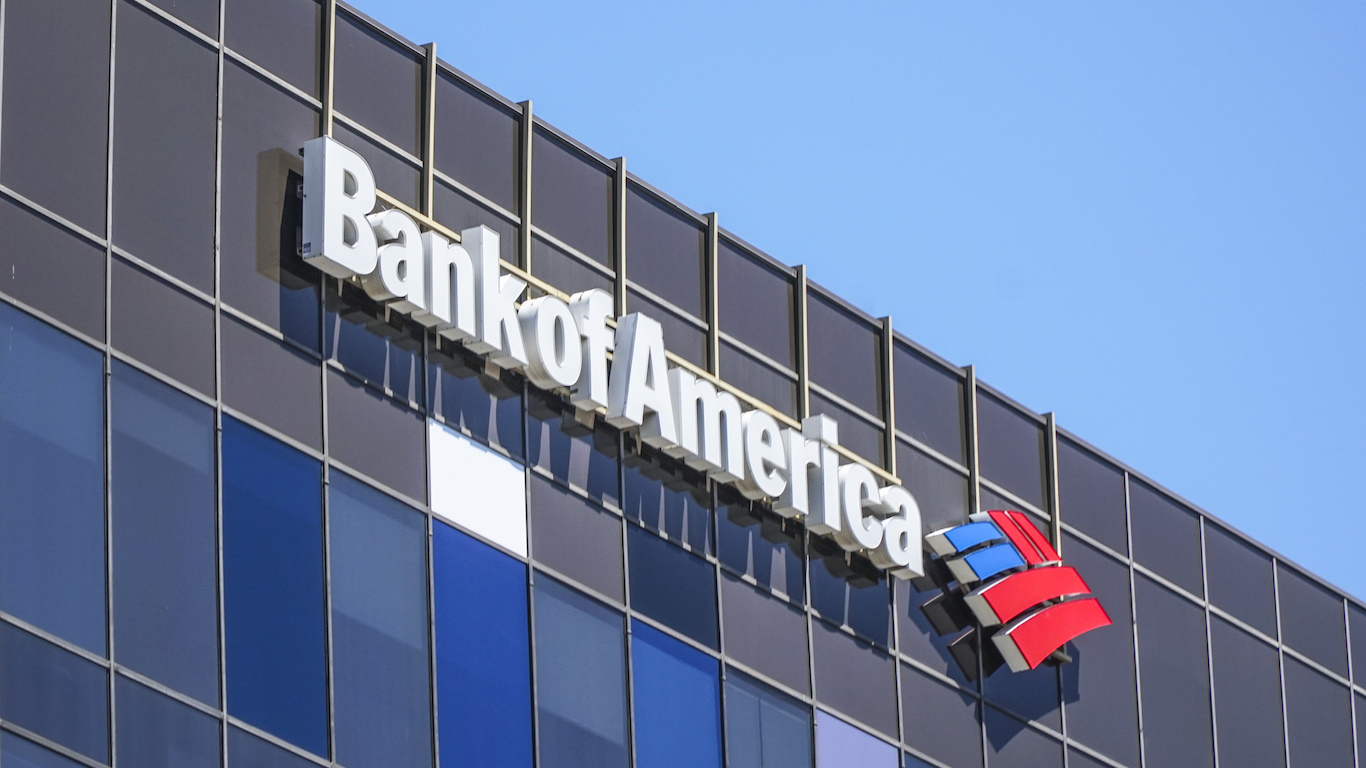Federal spending has been above the historical average in the past few years and is expected to stay above average after the economy recovers. Does this mean we are witnessing a permanent expansion of government’s reach into new areas of American society, as some have argued?
No. Program spending other than for Social Security and Medicare is on a course to shrink over the next 10 years to well below its average level over the past five decades, our new analysis shows (see chart). By 2022, spending outside those two programs will fall to 10.8% of GDP, compared to an average over the 1962 to 2011 period of 13.0% (see table). (These figures do not include interest payments on the national debt, which are not a federal program and which can go up for various reasons, including when Congress cuts taxes without offsetting the cost.)
 When the government pays for health care, whether through Medicare or programs such as Medicaid or health care for veterans, it has been shown to provide comprehensive coverage at a lower cost than in the private market — reason enough for us to continue to support that approach. Benefits in Social Security and Medicare are not overly generous, but two factors — the aging of the population and rising health care costs throughout the U.S. health care system — are driving up their costs and will continue doing so. The large baby-boom generation has begun retiring in the past few years and will retire in growing numbers in the years ahead. And we can expect continued advances in medical technology that improve health and prolong life but add costs. Moreover, average health care costs are considerably greater for people in their 80s and 90s than for people in their late 60s and early 70s, and the baby boomers will become very old in future decades.
When the government pays for health care, whether through Medicare or programs such as Medicaid or health care for veterans, it has been shown to provide comprehensive coverage at a lower cost than in the private market — reason enough for us to continue to support that approach. Benefits in Social Security and Medicare are not overly generous, but two factors — the aging of the population and rising health care costs throughout the U.S. health care system — are driving up their costs and will continue doing so. The large baby-boom generation has begun retiring in the past few years and will retire in growing numbers in the years ahead. And we can expect continued advances in medical technology that improve health and prolong life but add costs. Moreover, average health care costs are considerably greater for people in their 80s and 90s than for people in their late 60s and early 70s, and the baby boomers will become very old in future decades.
Outside of Medicare and Social Security, program spending rose considerably in 2008 and 2009 as a share of GDP and remained high in 2010 and 2011. This is in part because GDP was unusually low in those years because of the severe economic slump, and in part because programs like unemployment insurance expanded in response to the recession. But this part of the budget — which includes everything from education to infrastructure, scientific research, law enforcement, national defense, assistance to the poor, veterans’ benefits and environmental protection — has since begun to fall as a share of GDP and will continue doing so over the next 10 years.
|
Program Spending as a Share of GDP Under Continuation of Current Policies |
||||
|
Avg 1962- |
2012 |
2017 |
2022 |
|
| Primary outlays |
18.5% |
22.0% |
20.0% |
20.0% |
| Less Social Security |
14.5% |
17.1% |
14.9% |
14.5% |
| Less Social Security and Medicare |
13.0% |
13.8% |
11.6% |
10.8% |
| Note: program spending includes all federal expenditures other than net interest on the debt. Sources: OMB through 2011; CBPP analysis of CBO data thereafter. | ||||
In fact, by the end of that period, we may not be doing enough in such areas as education, basic research and maintaining the nation’s infrastructure, all of which are important to long-term economic growth. That is especially true since within this “all other” category of the budget, rising health care costs will affect health care programs other than Medicare, driving up their expenses and leaving even less funding for nonhealth programs.
In sum: when Americans hear talk of the government exploding in size and reach, they do not usually think this means that more people will receive Social Security and Medicare because the population is growing older or that Medicare will cost more because of factors like the aging of the baby boomers and improvements in medical technology. But outside of those factors, the portrait of a rapidly growing federal behemoth is simply mistaken.
Richard Kogan is a senior fellow at the Center on Budget and Policy Priorities.
It’s Your Money, Your Future—Own It (sponsor)
Are you ahead, or behind on retirement? For families with more than $500,000 saved for retirement, finding a financial advisor who puts your interest first can be the difference, and today it’s easier than ever. SmartAsset’s free tool matches you with up to three fiduciary financial advisors who serve your area in minutes. Each advisor has been carefully vetted and must act in your best interests. Start your search now.
If you’ve saved and built a substantial nest egg for you and your family, don’t delay; get started right here and help your retirement dreams become a retirement reality.
Thank you for reading! Have some feedback for us?
Contact the 24/7 Wall St. editorial team.






